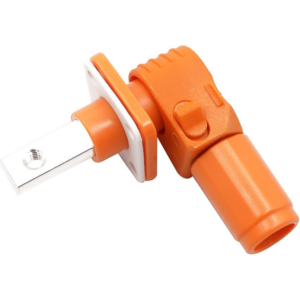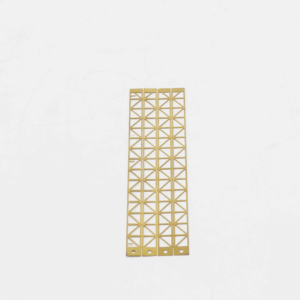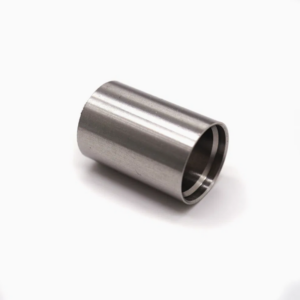In the highly competitive world of metal fabrication, time is a critical factor. Manufacturers are continually under pressure to deliver high-quality products at competitive prices, all while minimizing production times. One key metric that can have a significant impact on the overall efficiency and cost-effectiveness of a project is the lead time—the period from order placement to delivery. Shortening lead times can help bring products to market faster, improve customer satisfaction, and reduce operational costs. However, reducing lead time without compromising product quality requires careful planning, a streamlined production process, and effective communication with suppliers. In this blog post, we’ll explore several strategies for shortening lead times in metal fabrication while maintaining the highest standards of quality.
Understanding Lead Times in Metal Fabrication
Lead times in metal fabrication refer to the total time it takes to produce and deliver a metal component. The complexity of the design, the choice of materials, the size of the order, and the manufacturing techniques used all contribute to the lead time. Here are some of the common metal fabrication processes that may impact production timelines:
– Metal Stamping: Metal stamping uses custom dies and tools to cut, shape, and form sheet metal into various shapes. The process is highly efficient for producing large quantities of parts but requires careful planning to ensure the dies and tools are properly prepared.
– Deep Drawing: This process involves pulling sheet metal into a die to create a hollow shape. Deep drawing is particularly effective for producing components with complex geometries, such as deep-drawn enclosures or metal housings.
– Cutting: Cutting techniques, such as laser cutting, plasma cutting, and mechanical sawing, are used to reduce large sheets of metal or metal bars into smaller, manageable sections. Laser cutting, in particular, is a highly accurate and fast method for cutting intricate shapes.
– Folding and Bending: Folding involves bending sheet metal at specific angles using a press brake. This process is used to create parts with defined geometries, such as brackets, angles, and panels.
– Machining: In machining, material is removed from a workpiece using cutting tools such as lathes, milling machines, or drills. Machining is ideal for producing parts with tight tolerances and fine details.
– Drilling: Drilling creates holes in the metal to accommodate fasteners or other components. The choice of drilling method—whether manual or automated—can affect the speed of the operation.
Each of these processes has its own specific lead time, and the type of metal fabrication required will depend on the complexity and quantity of the parts being produced. When engaging a metal fabrication provider, it’s essential to understand how each of these processes can affect your production timeline.
Key Strategies for Reducing Lead Times in Metal Fabrication
Reducing lead times in metal fabrication requires both internal and external adjustments. By optimizing workflows and leveraging advanced technologies, manufacturers can significantly shorten production timelines without sacrificing quality. Below are several strategies that can help reduce lead times:
-
Utilize Standard Components When Possible
Custom metal fabrication typically requires more time for tooling, testing, and adjustments. Where feasible, opt for standard off-the-shelf components instead of fully custom parts. Standard components, such as fasteners, brackets, or connectors, are often readily available and can significantly reduce lead times compared to custom-fabricated parts.
-
Streamline Prototyping and Testing
Before beginning full-scale production, it’s important to conduct prototyping and testing to identify potential issues early in the process. By ensuring that prototypes are thoroughly tested and refined before production begins, you can avoid delays during the manufacturing run. Early-stage testing allows you to confirm that the design meets functional and quality specifications, helping prevent costly adjustments later.
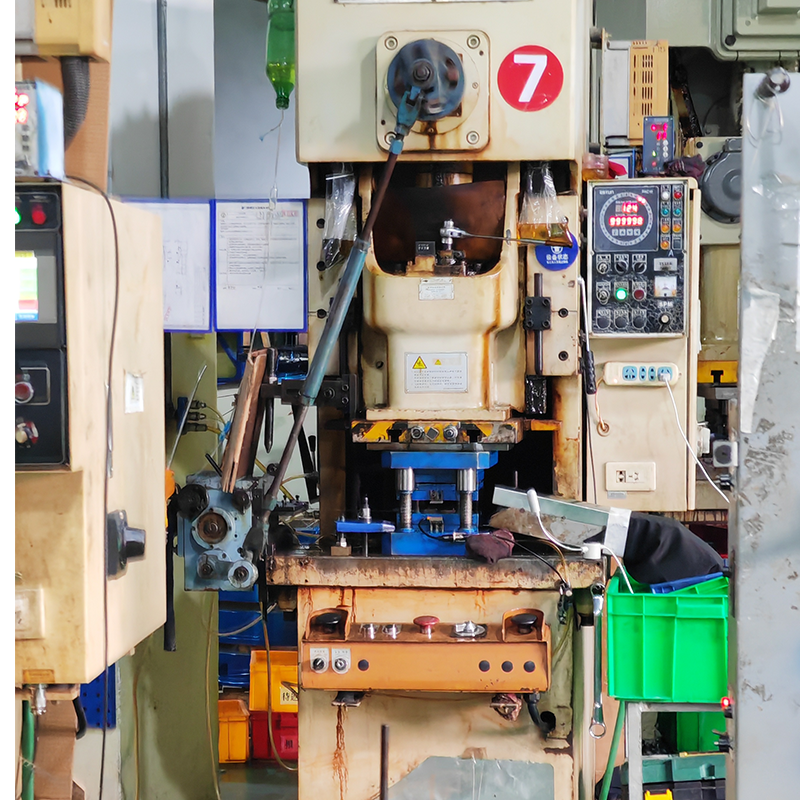
-
Optimize Communication and Shipping
Reducing communication delays and simplifying the logistics process can go a long way in speeding up lead times. For example, working with a local or nearshored manufacturer can reduce shipping time and minimize the risk of delays caused by long-distance logistics. Additionally, clear communication with your supplier about timelines, specifications, and expectations will help ensure that the project stays on track.
-
Implement Lean Manufacturing Practices
Lean manufacturing practices, such as Just-in-Time (JIT) inventory management and Kaizen (continuous improvement), can help streamline production processes. JIT ensures that raw materials arrive just in time for production, reducing excess inventory and minimizing storage costs. By continually assessing and improving workflows, you can identify bottlenecks and inefficiencies that contribute to longer lead times.
-
Reduce the Need for Secondary Operations
Secondary operations—such as coating, welding, or finishing—can add additional time to the production process. Where possible, try to consolidate operations or use more efficient processes to minimize the need for secondary steps. For instance, using integrated manufacturing solutions or advanced machining techniques may reduce the need for additional operations, cutting down on overall lead time.
-
Choose a Reliable and Experienced Supplier
Selecting a qualified manufacturing partner is one of the most important steps in ensuring fast and reliable production. A trustworthy supplier should have the capability to meet deadlines, a well-established network of material suppliers, and a history of managing complex projects. Be sure to inquire about their track record, ability to meet timelines, and flexibility in responding to urgent requests.
Other Considerations for Reducing Lead Times
While the strategies above are key to reducing lead times, there are additional factors to consider when selecting a fabrication partner. Your chosen supplier should have:
– Reliable Material Suppliers: The ability to secure materials on time is crucial for reducing delays. Ensure that the supplier has established relationships with reliable material vendors.
– Efficient Prototyping and Test Runs: A supplier with robust prototyping capabilities will help you avoid production delays. This includes quick turnarounds on prototypes and pilot runs, which allow for faster adjustments and issue resolution.
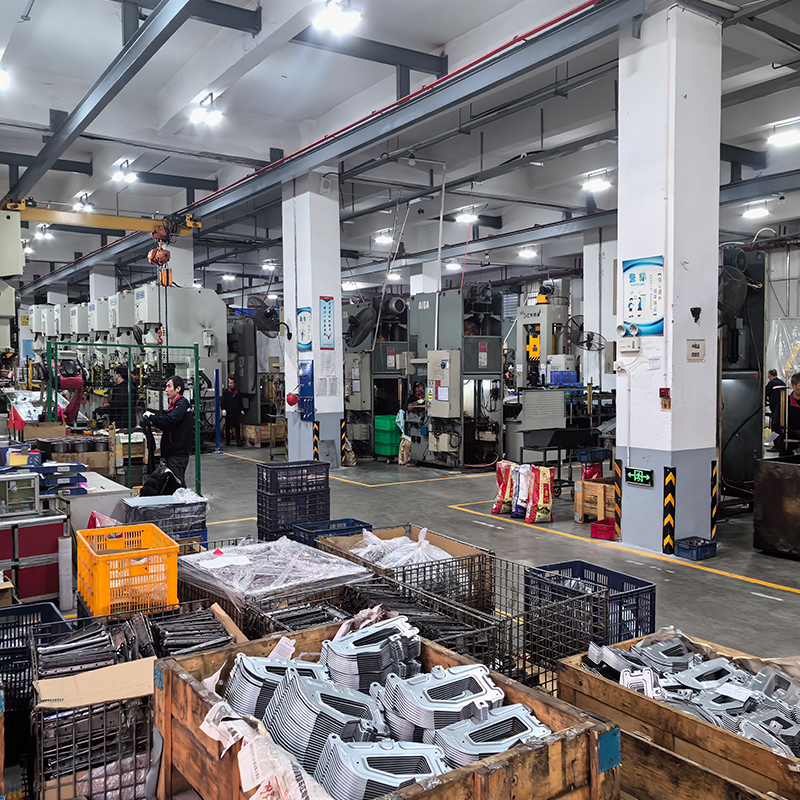
– Proximity to Your Location: If you’re working with a domestic supplier, transport times will be reduced, contributing to faster production and delivery.
– In-House Capabilities: Choose a partner with in-house capabilities for metal stamping, machining, welding, and finishing, rather than relying on third-party vendors for each step. In-house processing reduces lead time by eliminating the need for coordination with multiple suppliers.
Why Choose Topmetalstamping for Your Metal Fabrication Needs?
At Topmetalstamping, we understand that lead time is a crucial factor in the success of any manufacturing project. As a leading provider of high-quality metal stamping and fabrication services, we specialize in delivering customized solutions with fast turnaround times. Whether you’re working on a complex prototype or a high-volume production run, our team of experts is committed to delivering precise, reliable components within your required timelines.
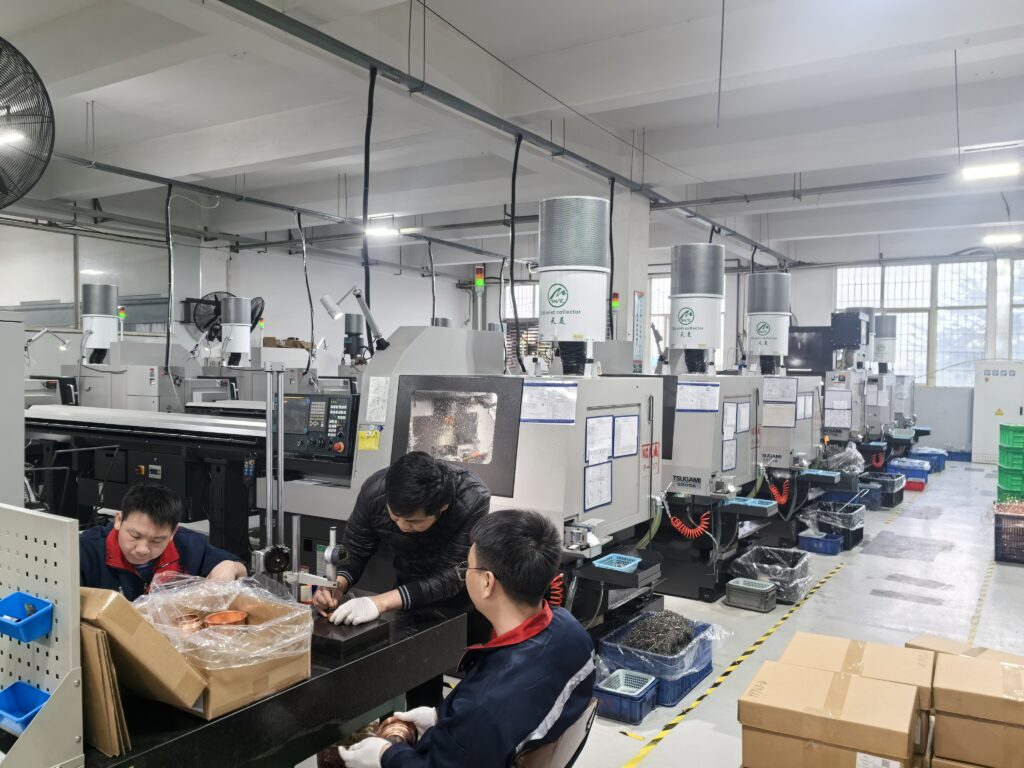
We leverage state-of-the-art equipment and industry-leading processes to ensure that each project is completed on time and to the highest standards. Our commitment to quality, paired with our efficient manufacturing processes, allows us to consistently reduce lead times without compromising on product quality.
Contact us today to learn more about our capabilities and how we can help you streamline your metal fabrication projects. At Topmetalstamping, we are dedicated to helping you bring your products to market faster and more efficiently.

